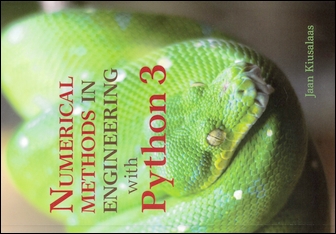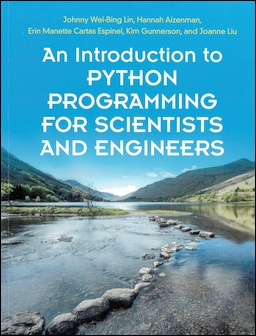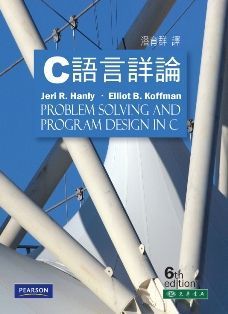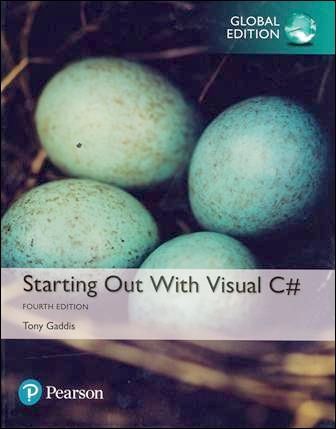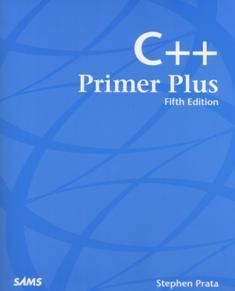書籍分類
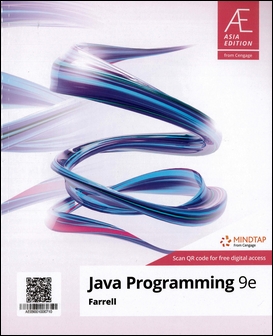
Java Programming 9/e
作者:Joyce Farrell
原價:NT$ 1,650
內容介紹 本書特色 目錄 作者介紹
- Overview
Introduce your beginning programmers to the power of Java™ for developing applications with the engaging, hands-on approach in Farrell's JAVA PROGRAMMING, 9E. With this dynamic text, even first-time programmers can quickly develop useful programs while mastering the basic principles of structured and object-oriented programming. This edition presents reader-friendly explanations and meaningful programming exercises that highlight today's business applications, game creation, debugging exercises, and case problems. You'll find additional resources to equip new Java programmers with digital tools within MindTap, including interactive teaching and learning tools and coding IDE (Integrated Development Environment) labs.



